Introduction
The world of home energy storage systems can seem daunting, but with the right information and guidance, it’s easier than ever to take control of your power usage. In this beginner’s guide, we demystify the technology behind these innovative solutions and explore their various advantages, disadvantages, costs, and alternatives.
Whether you are a seasoned solar panel owner or simply looking for ways to enhance your home’s energy efficiency, this comprehensive guide will provide valuable insights into harnessing the power of renewable energy sources at home. So dive in and discover how investing in a home energy storage system could revolutionize your approach to sustainable living!
Home Energy Storage Systems: An Overview
Home energy storage systems allow you to store excess electricity generated by solar panels or wind turbines during peak usage times for future use, reducing your carbon footprint and lowering your energy bill.
Definition And Purpose
Home energy storage systems’ primary purpose is to provide backup power during blackouts and reduce reliance on traditional power grids, ultimately lowering carbon emissions. By harnessing renewable energy and leveraging home energy storage systems, households can increase their energy efficiency by utilizing clean and sustainable power sources.
Integrating a home energy storage system into a household’s infrastructure promotes the concept of distributed energy resources (DERs), where individuals can contribute actively to clean-energy initiatives while minimizing dependence on non-renewable options. For instance, net-zero-energy homes — dwellings that produce as much renewable energy as they consume over a year — are becoming increasingly popular due in part to advancements in home battery solutions like lithium-ion batteries. In addition to contributing positively towards the environment by reducing our carbon footprint, these advanced systems also pave the way for greater self-sufficiency when meeting daily electricity demands for off-grid or emergencies.

How They Work
During off-peak hours, home energy storage systems store excess electricity from renewable sources such as solar panels, wind turbines, or the power grid. The stored energy can power your home when there is a higher demand for electricity, like during peak hours or when the sun isn’t shining. By doing this, homeowners can reduce their reliance on utility companies and take charge of their energy generation.
One common home energy storage system example is a lithium-ion battery setup integrated with solar photovoltaic (PV) panels. When sunlight hits the PV cells installed on your roof, it converts into direct current (DC) electricity. An inverter transforms DC into alternating current (AC), which powers all household appliances and devices inside your home. During excess production – such as sunny days – any surplus electricity flows into the battery backup system before reaching the power grid. This stored energy can later be tapped into during cloudy days, emergencies, and save money on your electric bill.
In recent years, advanced technology has enabled users to monitor and control their home energy storage systems remotely via smart devices like smartphones or tablets through dedicated apps. As part of these innovative home technologies integration efforts, some newer models even allow for automated real-time decision-making based on factors like weather forecasts or fluctuating utility rates – making it hard not to fully embrace these sustainable living practices!
Benefits Of Having A Home Energy Storage System
Home energy storage systems have become increasingly popular due to their numerous benefits. Here are some of the advantages of having a home energy storage system:
1. Increased Energy Independence: With a home energy storage system, homeowners can store excess energy generated from renewable sources like solar panels or wind turbines for later use. This reduces reliance on the grid and promotes energy independence.
2. Reduced Energy Bills: Storing excess energy allows homeowners to reduce their electricity bills by using stored power during peak hours when electricity rates are higher.
3. Power Backup during Blackouts: A home energy storage system ensures continuous power supply during blackouts, providing security and peace of mind in emergency situations.
4. Environmental Benefits: Utilizing stored renewable energy significantly reduces carbon footprints as it reduces dependence on coal or other polluting power generation sources.
5. Efficient Use of Renewable Sources: With a home energy storage system, excess renewable energy can be used efficiently instead of waste, promoting sustainable living and reducing overall energy consumption.
6. Government Incentives and Rebates: Governments worldwide offer incentives such as tax credits, rebates, or subsidies to promote the installation of renewable technology like battery storage systems.
7. Increased Property Value: Homes with installed home batteries are perceived as more valuable in areas with frequent blackouts or unreliable grid access.
By installing a home battery storage system, homeowners can control their daily power consumption while taking part in global efforts to combat climate change by reducing greenhouse gas emissions from electrification processes using fossil fuels.
Understanding The Types Of Home Energy Storage Systems
Homeowners have a few options for choosing the type of battery for their home energy storage system, including lithium-ion systems, flow battery systems, sodium-ion battery systems, and lead-acid battery systems.

Lithium-Ion Battery Systems
Lithium-ion batteries are one of the most popular battery systems for home energy storage. They offer high efficiency, a long lifespan, and moderate to high upfront costs. These batteries work by charging during periods of lower electricity demand and discharging when needed, such as during peak hours or in case of a power outage.
One major advantage of lithium-ion batteries is their compatibility with renewable energy sources like solar and wind power. By storing excess energy generated from these sources, homeowners can use it later when their energy demand is higher. Due to its excellent performance, lithium-ion technology has been successfully used in electric vehicles, mobile phones, and laptops.
Lithium-ion batteries are becoming an increasingly popular choice for homeowners looking for reliable home energy storage solutions supporting renewable power sources. While lithium-ion battery storage systems have a higher upfront cost than other battery technologies like lead-acid or sodium-ion systems. However, they are more cost-effective in the long run due to their longer lifespan and higher efficiency.
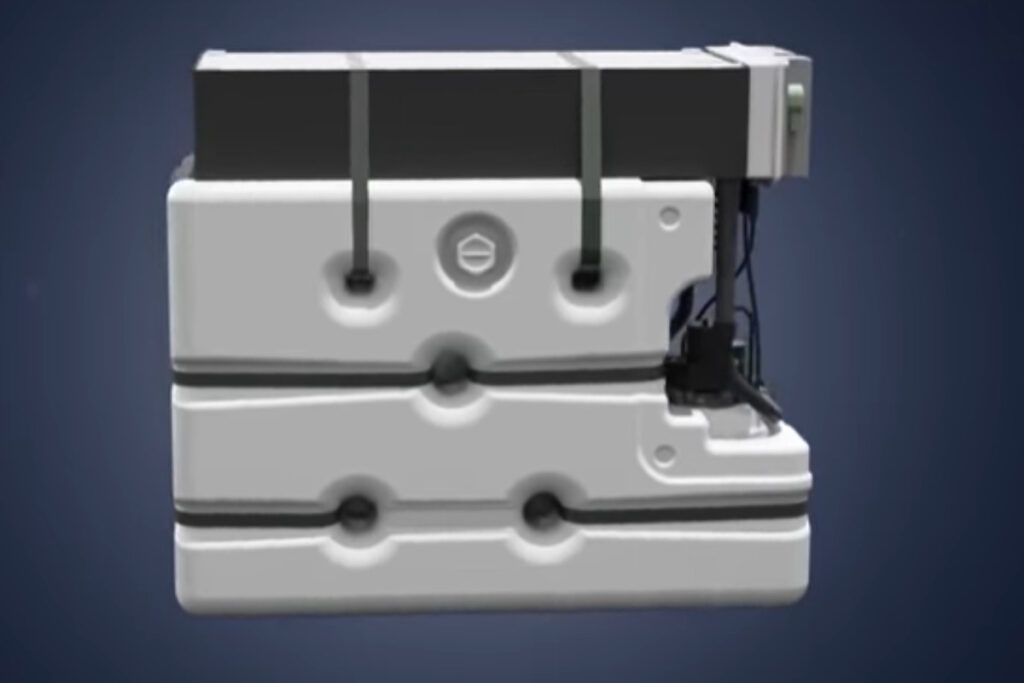
Flow Battery Systems
Flow battery systems are rechargeable batteries that use electrolytes flowing through one or more electrochemical cells from tanks. There are two main types of flow batteries: true flow and hybrid flow. True flow batteries store all materials separately from the cell, while hybrid flow batteries store some of the materials in the cell itself. Generally used for larger energy storage applications, such as grid-scale energy storage, flow batteries can overcome challenges related to large-scale grid integration of renewable energy sources.
One unique aspect of flow batteries is their separation between where the energy is stored (the tanks) and where the electrochemical reactions occur (the cells). This feature allows power output and capacity flexibility by scaling up or down on tank size without affecting performance. Additionally, many different types of electrolytes can be used in these systems, including vanadium, zinc-bromine, iron-chromium, and others which offer varying levels of efficiency, cycle life, and cost-effectiveness depending on specific use cases.
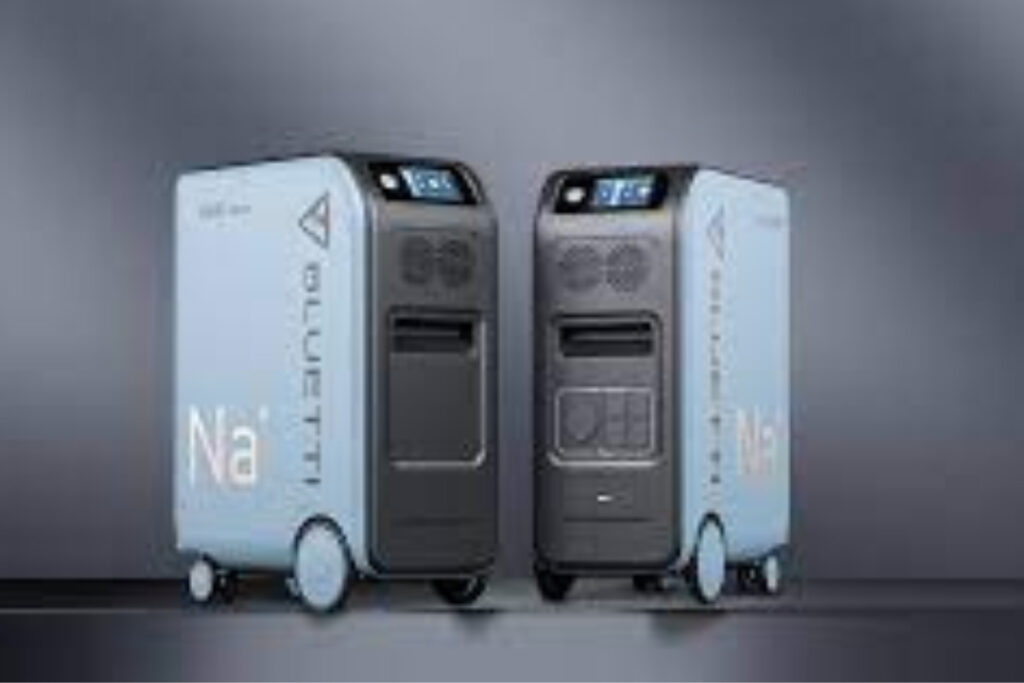
Sodium-Ion Battery Systems
Sodium-ion battery systems are a next-generation solution for the growing residential solar industry. Scientists have developed stable sodium battery technology that is more durable and reliable in lab tests. Compared to lithium-ion batteries, sodium-ion batteries are more cost-effective and abundant in nature. Additionally, these batteries can potentially store more energy than their lithium counterparts.
When considering a home energy storage system, it’s important to understand the different battery technologies available such as lead-acid, flow batteries, and lithium-ion. However, with recent advances in sodium-ion technology, homeowners can now access new alternatives that provide even greater benefits. As manufacturing processes improve and costs come down over time due to increased demand for renewable energy solutions like residential solar power systems combined with these new innovative technologies, homeowners will continue benefiting from sustainable energy production while reaping significant savings on monthly utility bills at the same time.

Lead-Acid Battery Systems
Lead-acid battery systems are a traditional option for off-grid power systems. However, they are less commonly used today because lithium-ion batteries have become more prevalent in solar energy storage systems. Each lead-acid cell has a voltage of about 2 volts, and battery banks for alternative energy systems usually connect together in series. This means that the more cells connected in series, the higher the voltage output will be.
While lead-acid battery systems may not be widely used anymore, they still offer benefits. For instance, they typically have lower upfront costs than home energy storage systems. Additionally, lead-acid cells can quickly handle short bursts of high current draw without getting damaged or degrading. However, these types of batteries require regular maintenance and have shorter lifespans than their lithium-ion counterparts. If you’re looking to invest in a home energy storage system for long-term use and reliability, it might be worth considering other options beyond lead-acid battery systems.
Factors To Consider Before Installing A Home Energy Storage System
Before deciding to install a home energy storage system, it is crucial to consider factors such as your energy needs, budget, space availability, and compatibility with existing solar or wind systems. Keep reading for more information on how these factors affect your system choice.
![]() Energy Needs
Energy Needs
Before installing a home energy storage system, assessing your energy needs is important. Factors like household size and the amount of electricity you typically use will play a significant role in determining what kind of system is right for you. For example, if you have a large family that relies heavily on electronic devices, you’ll likely require more storage capacity than someone who lives alone and only uses minimal electricity.
Another factor to consider is whether or not you experience power outages frequently. If so, having a backup power source can be incredibly valuable. Homeowners who live in areas with extreme weather conditions or frequent natural disasters may also benefit from investing in an energy storage system as part of their emergency preparedness plan.
Investing in an energy storage system comes down to personal needs and preferences. However, understanding your energy needs before making any decisions will help ensure that your investment pays off in terms of savings and overall energy independence.
Budget
Your budget is one of the most important factors before installing a home energy storage system. These systems can vary in cost depending on the type of battery, its capacity and power, and other features. Some homeowners may be tempted to choose a cheaper option that does not meet their energy needs or needs more durability, which could result in poor performance and the need for costly replacements down the line.
When deciding on a budget for your home energy storage system, evaluate both short-term expenses and long-term savings. However, it’s also essential to remember that investing in a high-quality home energy storage system can save you money over time by reducing your reliance on expensive electricity rates from the grid. Additionally, many states offer government incentives and rebates that can help offset some of these costs.
Ultimately, choosing an affordable yet reliable home energy storage solution requires careful consideration of various factors such as compatibility with existing renewable energy sources like solar panels or wind turbines; availability of space; maintenance requirements; warranty terms; and additional features like integration with smart home technology. By considering all these when setting your budget for a new energy storage system at home, you’ll be able to find one that fits your needs without breaking the bank.
Space Availability
One crucial factor is the available space when deciding on a home energy storage system. Different systems require varying amounts of space, so it’s essential to research each option before deciding. Homeowners should evaluate whether they have enough room for the size and capacity of the system they need.
For example, lithium-ion battery systems are known for being compact and lightweight compared to other options like lead-acid batteries. Despite having smaller storage capacities than other systems, they can be an excellent choice for homeowners with limited space or those looking for easy installation options.
Additionally, homeowners thinking about installing a home energy storage system should consider where they plan to install it in their homes or properties. Some homeowners may install their battery storage systems indoors if they lack outdoor space, while others might opt for outdoor installations with ample exterior space. Ultimately, finding the right balance between available space and suitable installation locations will help ensure the successful implementation of your chosen home energy storage system.
Compatibility With Existing Solar Systems
One of the most critical factors to consider before installing a home energy storage system is its compatibility with existing solar or wind systems. The correct storage system should be designed to work alongside your current renewable energy setup, maximizing both efficiency and savings. For example, if you have solar panels installed on your roof, it’s crucial that the energy storage system can efficiently store and distribute the power generated during peak sunshine hours.
However, compatibility goes beyond just simple integration.
Voltage requirements and charge rates must also be taken into account. Additionally, different battery technologies may have other compatibility restrictions with various renewable sources. It’s important to research these factors thoroughly before selecting an energy storage system for your home.
By ensuring proper compatibility between your renewable energy source and the chosen energy storage solution, you will achieve maximum efficiency in storing excess power from these sources when needed. Moreover, this integrated approach provides backup power and helps reduce carbon footprint using clean, renewable sources.
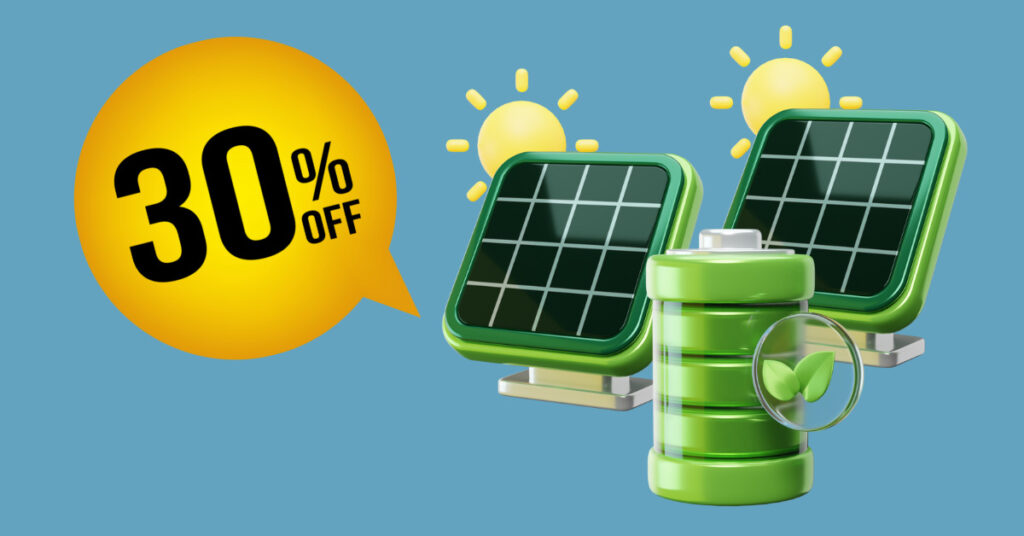
Government Incentives And Rebates
Exploring government incentives and rebates is essential to reduce the cost of installing a home energy storage system. Federal, state, and utility-level policies offer financial incentives to support homeowners adopting such systems.
How To Install A Home Energy Storage System
Learn how to properly install your home energy storage system with our comprehensive guide, including DIY options and professional installation tips. Start taking control of your energy usage and reducing your carbon footprint today!
DIY Installation
If you’re comfortable working with electrical systems, you may be able to install a home energy storage system on your own. The process can involve mounting the batteries in an appropriate location and installing power electronics units that connect the battery packs or integrate them with solar panels. Alternatively, homeowners can opt for professional installation services.
Before embarking on DIY home energy storage system installation, ensuring safety compliance and obtaining all necessary permits is essential. Homeowners should also keep in mind the specific requirements of their chosen system and adhere to manufacturer instructions for proper care and maintenance over time.
By installing a battery backup system, you may save some money on the overall cost of your home energy storage solution. However, it’s important to carefully weigh whether DIY installation suits your needs or if you need professional assistance.
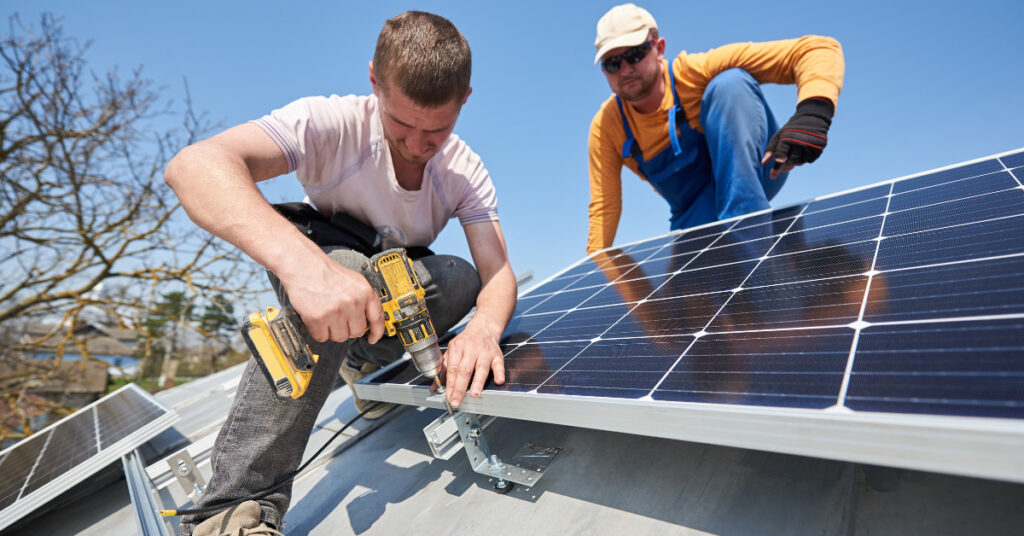
Professional Installation
When installing a home energy storage system, there are two options: DIY or professional installation. While a DIY approach may be tempting to save costs, it’s crucial to note that professional installation is always recommended. This is because the process involves electrical work, complying with local safety regulations, and obtaining necessary permits.
Choosing professional installation also ensures proper system sizing based on your home’s energy needs.
Moreover, opting for professional installation provides peace of mind knowing that any potential issues will be handled by trained professionals with the skills and knowledge to troubleshoot problems quickly. This option lets you relax while experts take everything from connection to ongoing maintenance.
Obtaining Necessary Permits
Before installing a home energy storage system, obtaining any necessary permits from the local government is important. Building codes and standards vary by location, so it’s essential to research the requirements specific to your area. For example, NFPA 855 only permits residential ESS installed in attached or detached garages or on exterior walls at least 3 feet from the building. Complying with fire safety regulations and ensuring the installation is safe and up-to-code is also crucial.
Resources are available to better navigate permitting processes, including The CPUC links for relevant best practices and standards for installing energy storage systems. By following these guidelines and obtaining all required permits before installation begins, homeowners can avoid potential legal issues related to non-compliance with local regulations.

Ensuring Safety Compliance
When it comes to installing a home energy storage system, safety compliance is paramount. Codes, standards, and best practices exist to ensure that your installation meets safety requirements at every step of the process. This includes certification procedures designed to assess these systems’ safety before installation. For example, code officials are crucial in reviewing and inspecting energy storage system deployments before providing approval.
Hazards associated with battery energy storage systems are also important for safety compliance. In particular, older lithium-ion batteries risk thermal runaway and fire if not properly maintained or monitored. Regular maintenance checks can help prevent this issue and minimize potential safety risks.
Maintaining proper fire protection codes and obtaining necessary permits for your home energy storage system can reduce hazards while helping you get the most out of this exciting technology trend.
Care And Maintenance Of A Home Energy Storage System
Regular care and maintenance of a home energy storage system are essential to ensure optimal performance, including regular system and battery maintenance checks, and adhering to replacement schedules, all while ensuring safety compliance.
Regular System Checks
Your regular system checks ensure your home energy storage system functions properly and efficiently. Here are some key points to keep in mind:
1. Schedule regular maintenance checks with a professional to ensure the optimal performance of your system.
2. Monitor battery temperature and thermal management systems to prevent overheating and malfunction.
3. Monitor the state of charge of your batteries regularly to ensure that they are charging and discharging as expected.
4. To prevent safety hazards, check for any signs of wear or damage to individual components, such as wiring or insulation.
5. Follow all safety guidelines related to the operation and maintenance of your home energy storage system.
Keeping up with these regular system checks can help prevent potential issues and maximize the lifespan and effectiveness of your home energy storage system.
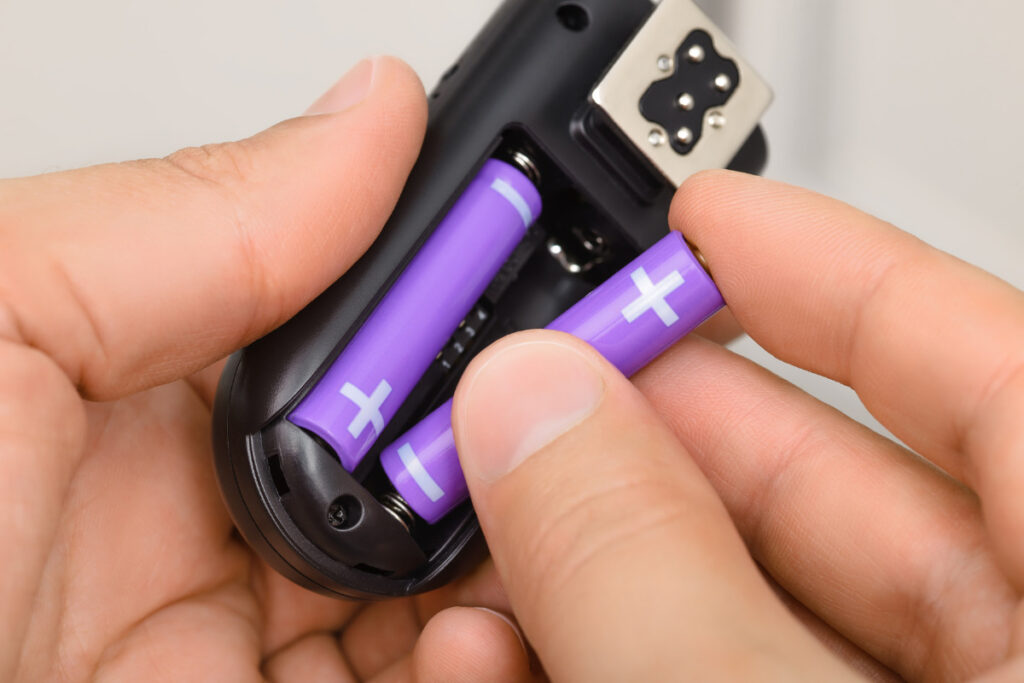
Battery Maintenance
Proper care and maintenance of batteries are essential for maximizing their lifespan and performance in home energy storage systems. Battery cell protection, thermal management, and efficiency are crucial factors to consider when maintaining the system. Regular system checks, battery maintenance, and replacement schedules are involved to ensure optimal performance.
Lithium-ion batteries are commonly used in home energy storage systems. This is due to their high energy density, low self-discharge rate, and long cycle life. However, they require careful handling as they can be sensitive to temperature fluctuations. Proper thermal management is important for preventing overheating or undercharging of the battery cells.
SLA (sealed lead acid) batteries also require regular maintenance despite being less expensive than lithium-ion batteries. Healthcare facilities prefer them due to low cost and reliability during outages or grid instability with minimal maintenance, like topping off distilled water levels every few months.
Overall, understanding how your battery works is crucial for its upkeep, regardless of its type, ensuring longer-lasting power supply at home.
Replacement Schedules
Proper care and maintenance of home energy storage systems are crucial for increasing the life of batteries and decreasing lifetime costs. One essential aspect to keep in mind is battery replacement schedules. Battery replacement schedule varies based on type, capacity, and usage, typically around 10 years.
Regular maintenance ensures efficient home energy storage operation for years. Unplanned battery replacement can be costly if not managed or planned upfront. Therefore keeping track of replacement schedules and budgeting appropriately should help alleviate any unwanted surprises.
Proper battery care, replacement, and monitoring are vital to sustain low-cost home energy needs and promote sustainable consumption. Renewable sources like solar powered by lithium-ion batteries maximize savings in the long run while protecting the planet.
Additional Considerations
Other factors to consider when choosing a home energy storage system include compatibility with renewable energy sources, emergency backup power capabilities, and integration with smart home technology for efficient management of energy consumption.
Compatibility With Renewable Energy Sources
When choosing a home energy storage system, it’s important to consider its compatibility with renewable energy sources. Renewable energy sources like solar and wind power are clean and sustainable but can be intermittent or unpredictable. Energy storage systems help bridge this gap by storing excess energy for use during times when these sources aren’t as effective.
One example is incorporating batteries into a grid-connected photovoltaic (PV) system. Storing excess solar energy in batteries for nighttime use is possible, but adding batteries to a PV system is pricier and requires more components.
Additionally, pairing thermal energy with renewable sources like geothermal or biomass can increase efficiency and reduce waste. Understanding the compatibility between your chosen home energy storage system and renewable energy sources is crucial in maximizing sustainability while minimizing costs.

Integration With Smart Home Technology
Integrating a home energy storage system with smart home technology can amplify both benefits. Smart home devices conserve energy and offer convenience through remote control with app or voice commands.
For example, smart thermostats can learn a homeowner’s daily routine and adjust the temperature to reduce energy consumption while maintaining comfort levels. Additionally, incorporating renewable energy sources such as solar panels into the system maximizes energy efficiency and reduces carbon footprints.
As smart technology evolves, homeowners can integrate heating and cooling with rechargeable batteries that store excess solar power for later use.The Internet of Things (IoT) allows seamless communication between devices in a connected home ecosystem. This means homes are becoming more automated using intelligent sensors and automation algorithms that optimize how homes use electricity.
Conclusion
In conclusion, home energy storage systems are valuable for homeowners looking to become more energy-efficient and reduce their carbon footprint. Storing excess energy during peak usage saves money on electricity bills and contributes to the grid. Before choosing a battery for your home, evaluate your needs and budget. Regular maintenance helps prolong the system’s life, whether you opt for a DIY installation or professional assistance. DroneQuote offers professional help for roofing, solar, and home energy storage systems, promoting sustainability and smart home integration.

FAQs:
1. What is a home energy storage system, and how does it work?
Home energy storage system stores excess renewable electricity for later use, saving money when grid power is unavailable or expensive.
2. What are the benefits of using a home energy storage system?
Benefits of home energy storage include reduced reliance on grid power and lower carbon footprint. It also includes increased self-sufficiency during outages, and possible credits through net metering programs.
3. How do I choose the right size and type of home energy storage system for my needs?
Choosing the right size and type of home energy storage system depends on factors. These are budget, average daily usage patterns, geographical location (sunlight exposure), peak demand periods (if you experience any), etcetera. It’s best to consult an experienced installer who can help evaluate these factors and assess potential tax rebates.
4. Can I install a home energy storage system or do I need professional assistance?
It’s generally recommended that individuals seek professional assistance from qualified installers while installing their Home Energy Storage systems. Because this involves electrical wiring & other complicated mechanism requiring knowledge related to safety protocol. It commonly involves building permits. Which further emphasizes acquiring expert assistance whose credentials satisfy local building codes & regulations. Thereby, ensuring safer operation while avoiding hefty fines associated with improper installations without necessary certification/licensing/validation requirements met locally/regionally/nationally.
